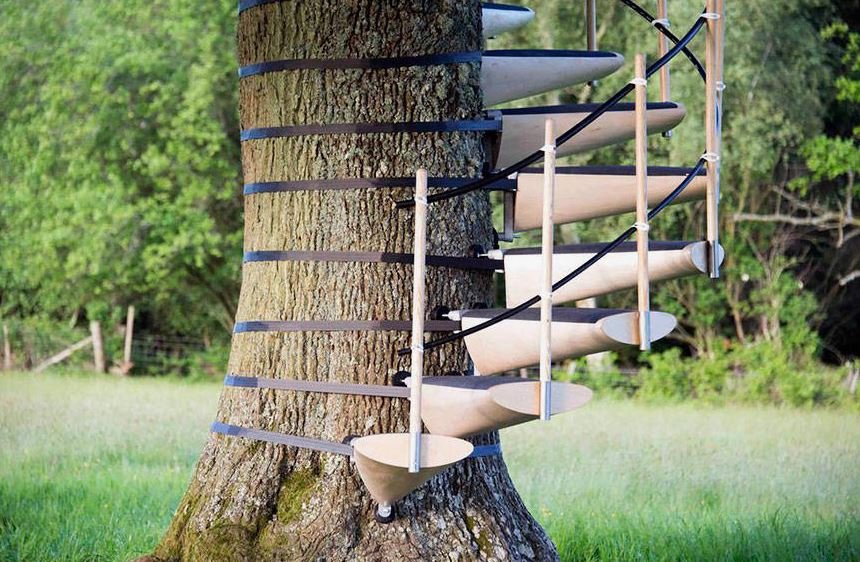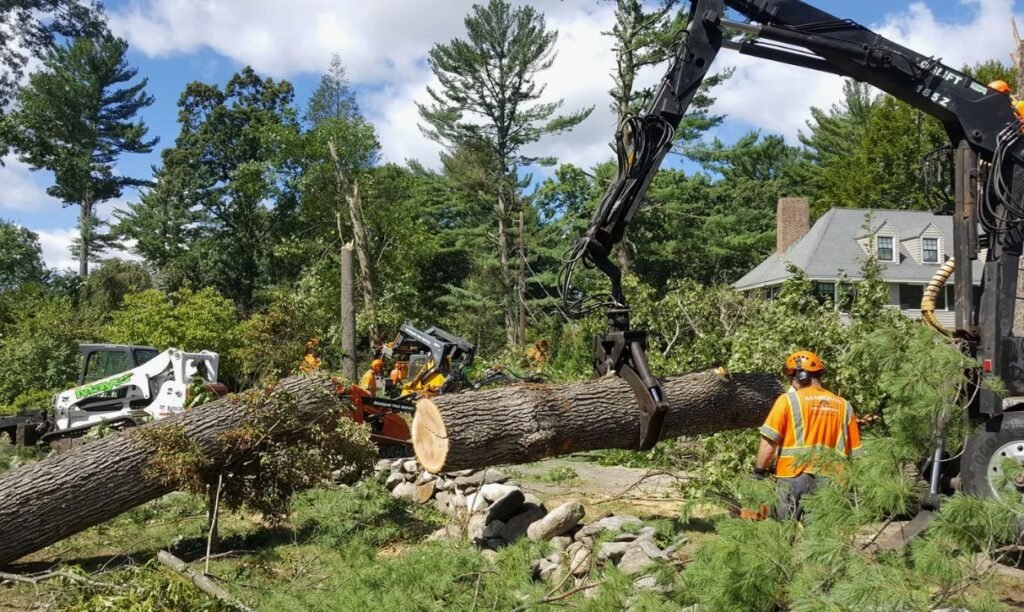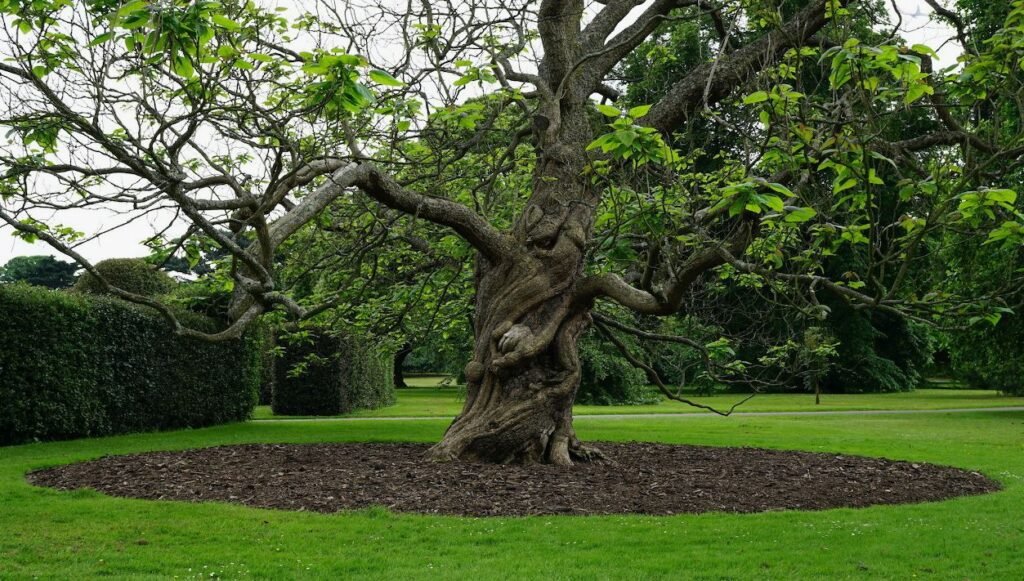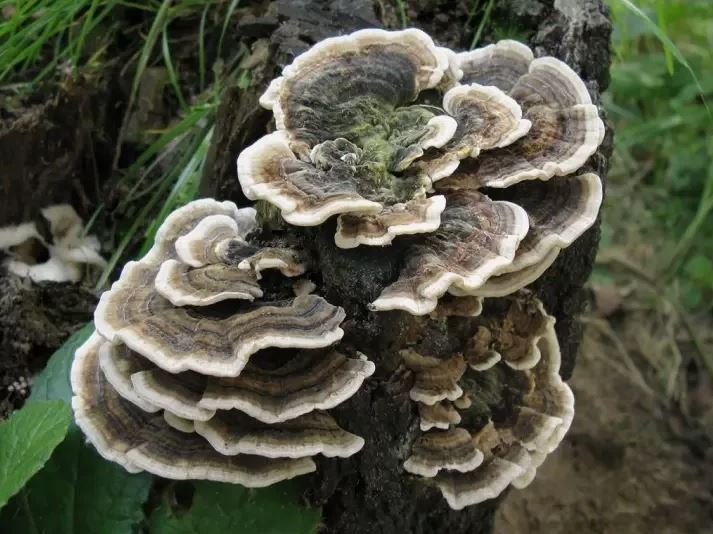Fertilization and spraying service is important for any type of tree planting. Fertilization can help to grow a site strongly and effectively and Spraying can help tree stay away from insects.
Why Fertilization?
The need for this service is occasioned by the presence of inadequate nutrients in the soil. Nutrients can be present naturally in the soil from decomposing plant matter. However, nutrients can be deemed inadequate when the three core nutritional elements are missing. These are Nitrogen, potassium and phosphorous. In the presence of adequate nutrients in the soil, vigorous growth is expected. Mostly in urban setting the soil composition keeps varying due to drainage and construction activities. Addition of fertilizers can also serve the purpose of remedying the soil pH (acidity or alkalinity of sol) through addition of lime.
A good indicator of inadequate nutrients is when trees start exhibiting poor growth characteristics like stunting, dead twigs and production of small off colored leaves despite the presence of adequate moisture. Symptoms of the absence of nitrogen are the most noticeable in a tree. Arborists recommend taking of soil samples from 0 – 6 niches and from 6 – 17 niches separately for testing. When the average concentration levels are below 3 parts in a million the soil requires addition of nitrogenous fertilizer. The inaccuracy of the test however requires experienced arborists who can study the plant features correctly. Potassium and phosphorous are not required in large quantities and may be added during routine annual fertilization.
Care should be taken during application of fertilizers so as not to fertilize plant that actually exhibit symptoms of drought. This alleviates the danger of scorching the leaves and damaging the roots. An exception is made where irrigation is available. Application should also be done to plants with an established root system since it can inhibit growth of roots in young trees and lead to their death. Soil tests can establish the pH values of the soil from which an expert can recommend amendments whether to lower or raise the pH. Different trees thrive under different pH levels. Generally, the incorporation of lime per 100 feet of area raises pH a half to one unit on the scale. Twice the recommendation of lime is required when wood ash is used. On the other hand, lowering of pH levels can be achieved by application of sulfur.
What are the types of fertilizers?
There are three different kinds of fertilizers containing the three core nutrients. There are those containing nitrogen, phosphorous as phosphoric acid and potassium as potash. The labels on fertilizer containers indicate the percentages of the nutrients. Eg 20-6-4 indicates the percentage of nitrogen, phosphorous and potassium respectively. They are always listed in that order. The application method most preferred is the even broadcasting of the fertilizer granules. Application of fertilizer through spraying- a practice known as foliar feeding- is recommended for application of minor nutrients like iron directly to the leaves.
Spraying service
Spraying is necessary for control of insects and pests and the treatment/prevention of plant diseases. Insects and pests cause the loss of foliage and damage of roots and stems. Other prominent symptoms of insect infestation include appearance of holes on leaves leading to brown dead leaf portions, wood decay, dead branches and disease infections. Evergreen trees are especially susceptible to various types of fungus and tree scab. Spraying must be done in good time since most plant pests and diseases have defined life cycles. The particular chemicals to be used in the spray should be recommended by an expert. Spraying as noted above can be used for application of plant nutrients directly to the leaves. The benefits of spraying various chemicals must outweigh any potential harm to the environment. Commercial licensed applicators with the required equipment and safety gear are recommended. These are held to high environmental and public safety standards by the government.
Safety precautions while spraying.
Caution must be exercised before and during spraying tree to avoid accidents. Goggles during mixing of chemicals are necessary to prevent splashing or spill chemicals from getting to the eyes. A full spraying gear should also include full length pants and shirt and unlined rubber gloves. Hands should be washed thoroughly with soap and water after the exercise. Eating or smoking should be avoided during spraying. Application of pesticides and other sprays should be done during calm weather to prevent drifting of sprays off the intended targets. Finally plant chemicals should be stored in their original containers in secure places away from reach of children.




